Beware The Giant Himalayan Lily – These Plants Are A Lot Of Work For Little Reward
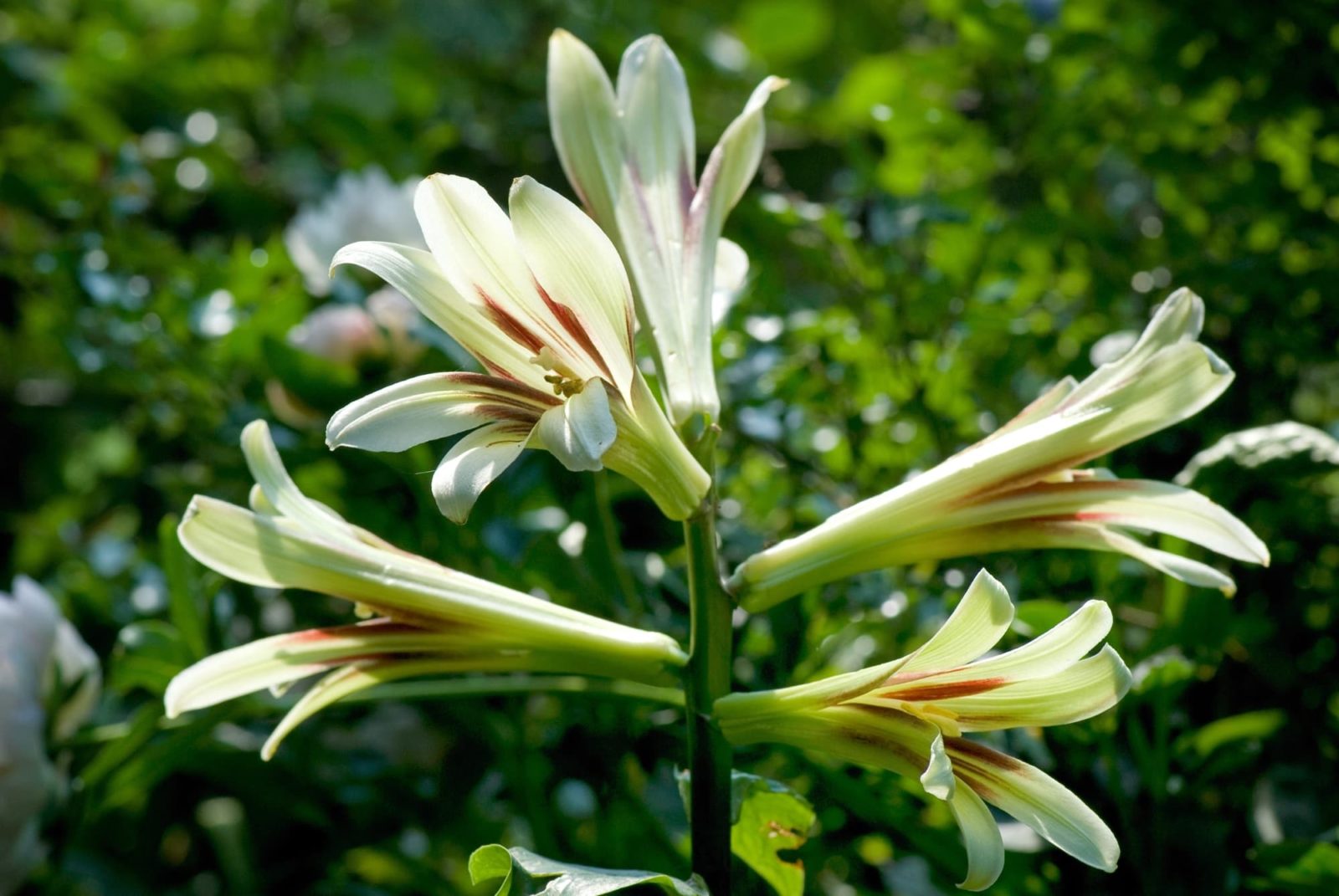
BULBS > LILY > CARDIOCRINUM

Elizabeth is a Permaculture Garden Designer, Sustainability Consultant and Professional Writer, working as an advocate for positive change. She graduated from the University of St. Andrews with an MA in English and Philosophy and obtained a Diploma in Applied Permaculture Design from the Permaculture Association.
Reviewed By ROY NICOL

Roy is a Professional Gardener and Horticultural Consultant, specialising in large garden year-round maintenance and garden development. He is an RHS Master of Horticulture and uses his research in the application of no-dig methods in ornamental garden settings. Roy has been a Professional Gardener for more than six years and is a member of the Chartered Institute of Horticulture, Professional Gardener's Guild and Association of Professional Landscapers (Professional Gardener).
LILY GUIDES
Asiatic
Deadheading
Giant Himalayan
Varieties
Cardiocrinum giganteum, the Giant Himalayan Lily, is a flamboyant and dramatic plant to consider growing in your garden.
Though not widely known, this plant is an attractive show-stopper that grows slowly but is well worth the wait.
Cardiocrinum is a genus of bulbs in the Lily family, of which the giant Himalayan Lily is the largest, growing up to around 2.5m tall.1Cardiocrinum giganteum. (n.d.). Royal Horticultural Society. Retrieved December 4, 2023, from https://www.rhs.org.uk/plants/297145/cardiocrinum-giganteum-from-sikkim/details
These are monocarpic perennials, which, though they can live for a number of years, will die after flowering.
This can mean that these plants take an awful lot of work for such a short flowering window – and I would say this is the main thing to bear in mind when choosing to grow these plants.
Overview
| Botanical Name | Cardiocrinum giganteum |
| Common Name(s) | Giant Himalayan Lily |
| Plant Type | Monocarpic Perennial |
| Native Area | South to Central Asia |
| Hardiness Rating | H5 |
| Foliage | Deciduous |
| Flowers | Trumpet-shaped flowers like lilies |
| When To Plant | February to July |
Sunlight
Preferred
Part shade
Exposure
Sheltered
Size
Height
1.5 – 2.5M
Spread
0.1 – 0.5M
Bloom Time
June to August
Soil
Preferred
Most fertile soils
Moisture
Moist but well-drained
pH
Any
The flowers of this plant are prized for their appearance and fragrance and bloom on mature plants sometime between June and August.
These trumpet-shaped, lily-like flowers are followed by oblong seed pods that can be kept and dried and used in floral arrangements inside a home.
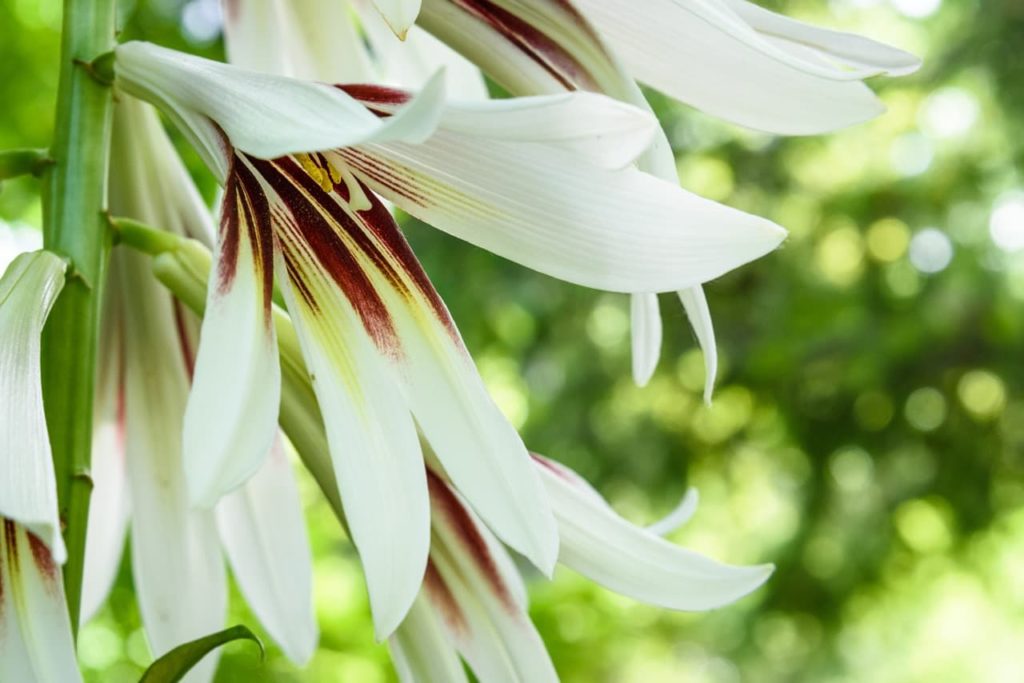
Common Types
Cardiocrinum has three species – Cardiocrinum cathayanum, C. cordatum, and C. giganteum, the latter of which is the species most commonly cultivated in a horticultural setting.
There are two main varieties of C. giganteum:
- C. giganteum var. giganteum – up to 3m tall with greenish flowers that are streaked with purple on the inside.
- C. giganteum var. yunnanense – up to 1-2m tall, with white flowers streaked with purple-red on the inside.
How To Grow Himalayan Lily
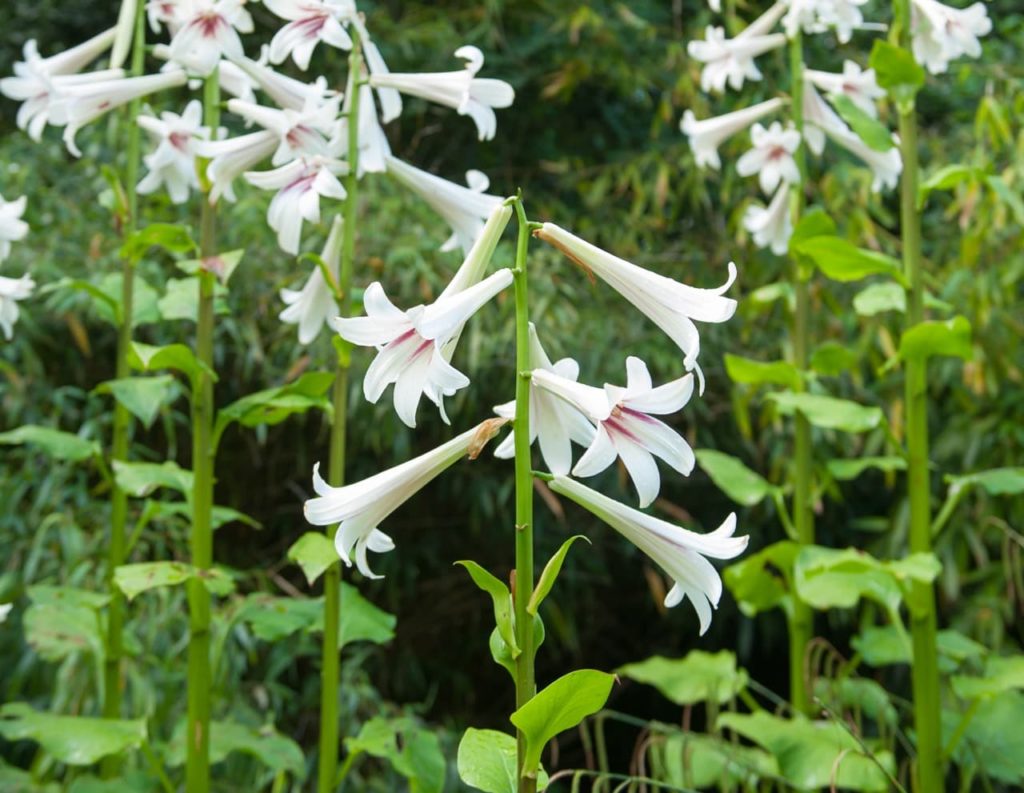
Himalayan lilies are not necessarily the best choice if you have an impatient streak, but growing them successfully and seeing their flowers after your wait can be worthwhile.
Sowing
These plants typically take 7 years to reach flowering size from seed and they will die after they flower.
However, as they grow, the plants will produce bulblets at the base which can be used for propagation.
The bulblets will then typically take between 3-5 years to bloom.
Since using the bulblets to propagate the plant results in blooms somewhat more quickly, this is often the method used, but these plants can also be grown from seed by very patient gardeners.
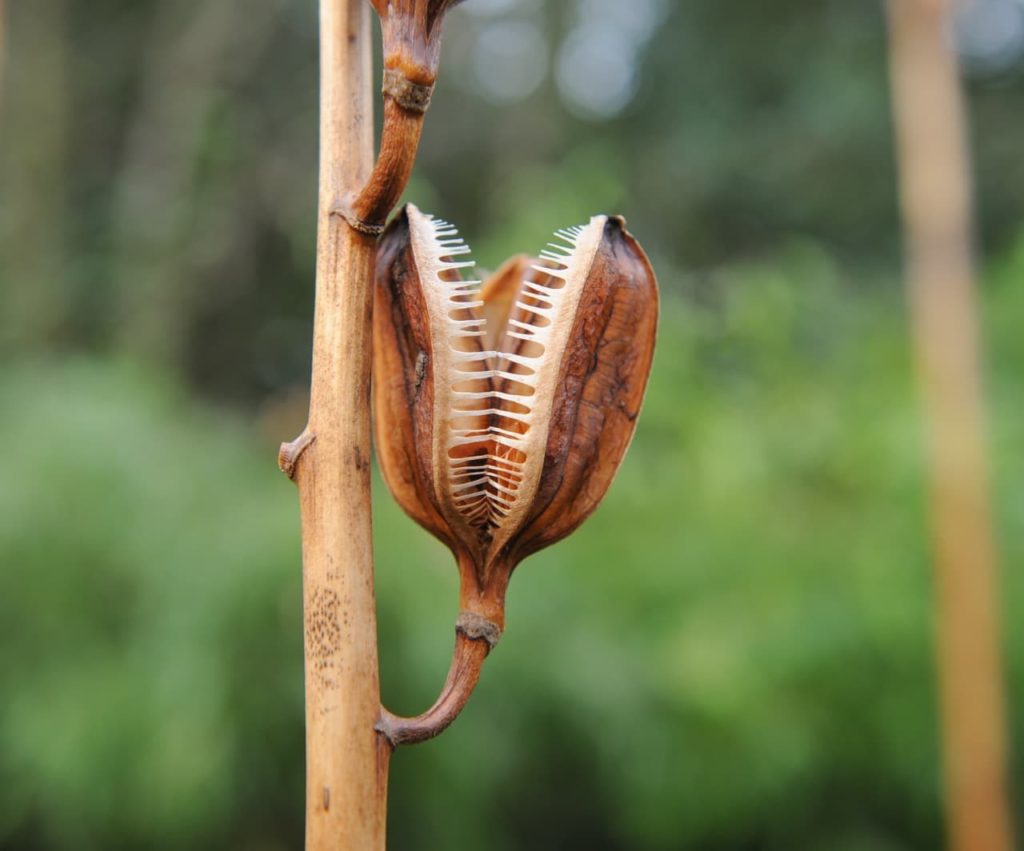
The seed is best sown in a cold frame or other protected spot in the autumn, as soon as it becomes ripe.
Seeds may germinate the following spring but it can take up to 2 years for the seeds to germinate.
You will then need to grow on the plants in a protected area such as a greenhouse, polytunnel or cold frame for 3-4 years before you plant them out into their final growing position in the garden.
Preferred Sunlight
These plants do best in partial shade and will thrive if given woodland conditions similar to those of its native habitat.
They don’t like frost pockets or particularly chilly spots, where they may need some additional protection through winter.
Equally, they will not do well in a particularly parched, hot and sunny spot, so finding the right balance when it comes to light levels and temperatures can be important.
Soil Requirements
The soil must be moist yet free-draining and ideally deep, humus-rich and fertile.
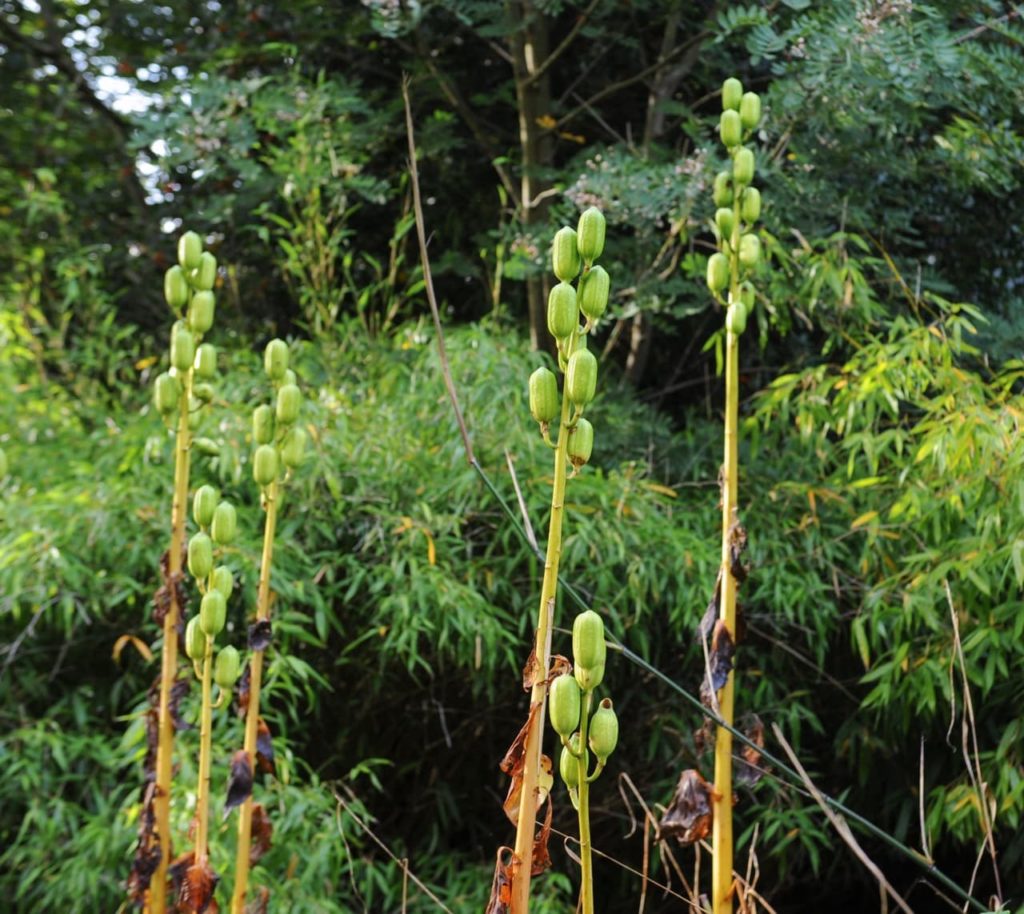
The specific soil type and pH do not matter too much as these plants can actually cope in a wide range of very different areas.
Planting
Giant Himalayan lilies are best planted out in spring or autumn, depending on their size and stage of growth.
Before planting, be sure to prepare the area well and provide plenty of organic matter to ensure a fertile and humus-rich medium.
When planting, the bulb should be lightly covered with leaf mould if possible.
Cardiocrinum Care
Caring for these large and dramatic bulbs means making sure that you continue to meet their environmental needs over time.
Watering
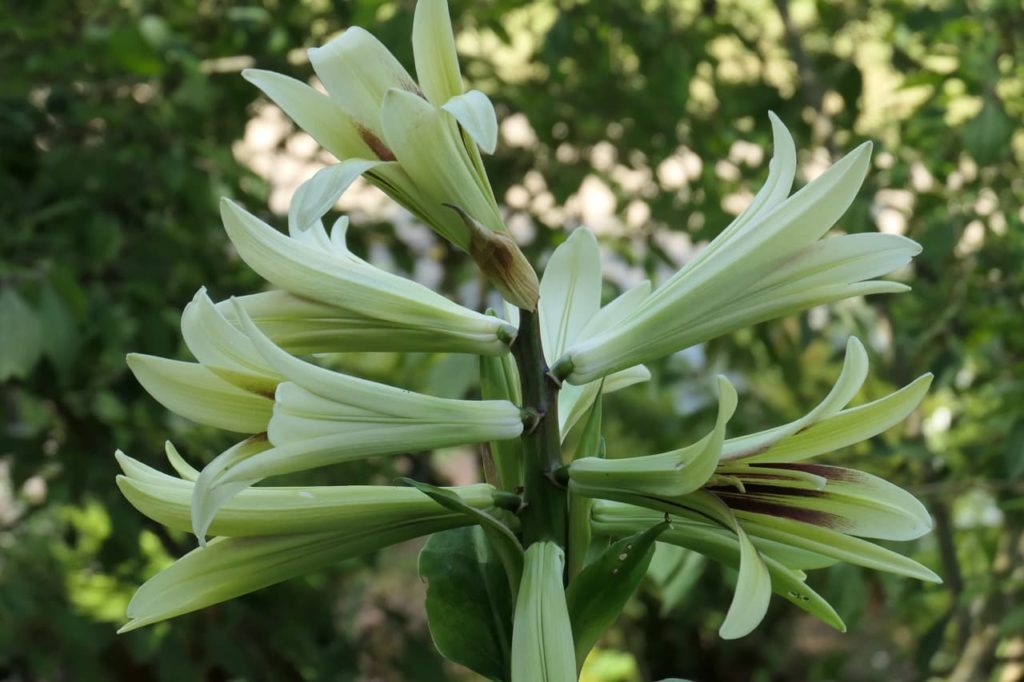
Water well during dry spells to maintain soil moisture, but take care not to saturate the site and make sure that excess water can drain away from the planting location freely, even in heavy rainfall conditions.
Fertilising
Replenish the mulch around the plants each spring and add additional mulch materials in summer to meet the fertility needs of your plants.
Propagation
As mentioned above, these plants can be grown from seed, but are more commonly grown from the bulblets which are separated from the base of the old plant after it flowers.
Overwintering
Cardiocrinum giganteum is H5 hardy and can cope with winter conditions throughout most of the UK, even during extreme cold.
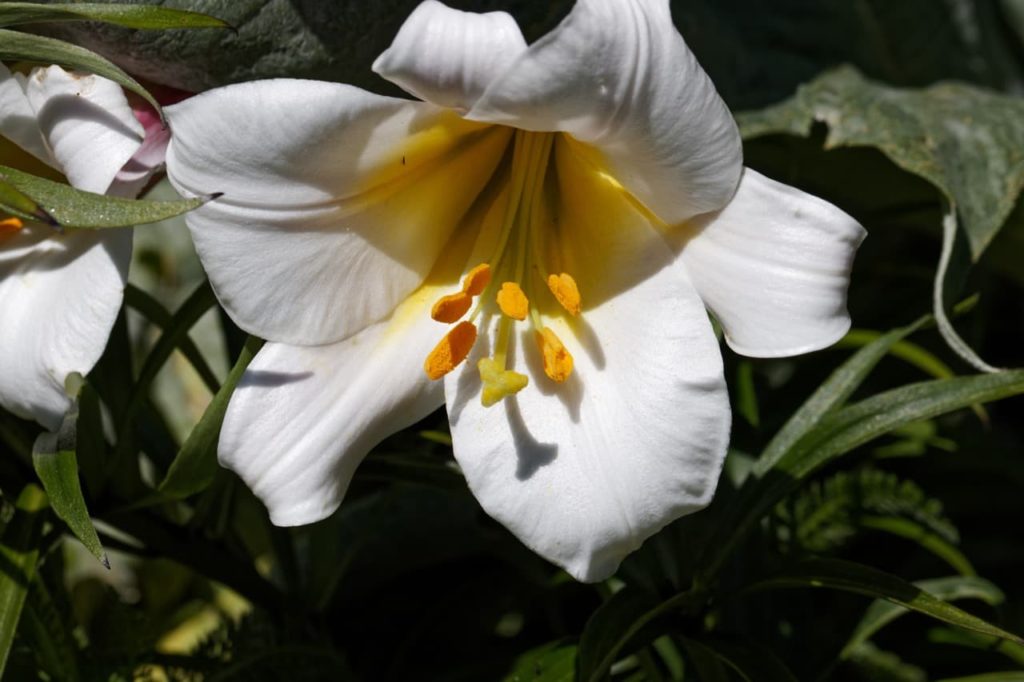
However, you do need to look out for winter wet, which can cause a number of problems if waterlogging is allowed to occur.
You also need to be aware of pests like slugs, mice and voles, which can be attracted to the bulbs and cause damage to them, especially during the colder months of the year.
Common Problems
Aside from slugs, mice and voles which can cause damage to the bulbs, you will also need to remain vigilant for a number of other problems that can arise when growing these plants.
“In particular, as these plants are members of the Lily family, they are susceptible to lily beetle, a small scarlet red beetle which consumes the foliage and flowers of the plant,” shares Master Horticulturist Roy Nicol.
“They are best picked off and squished. Be careful not to allow them to employ their defence mechanism where they drop to the ground and become lost in the foliage of plants.”
Most of the issues that can arise do so because of problems with the environmental conditions or care.
References
- 1Cardiocrinum giganteum. (n.d.). Royal Horticultural Society. Retrieved December 4, 2023, from https://www.rhs.org.uk/plants/297145/cardiocrinum-giganteum-from-sikkim/details
